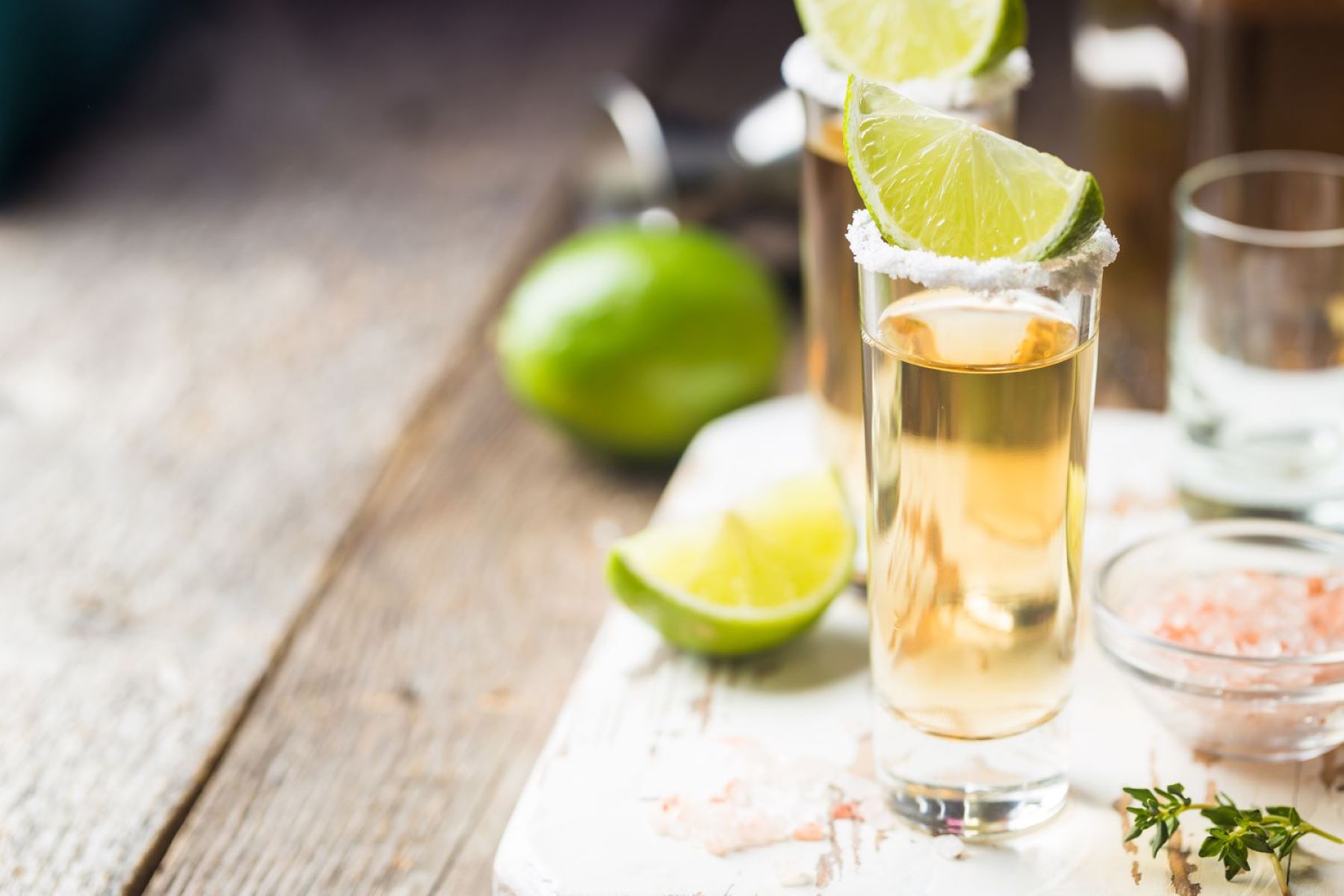

Articles
How To Store Tequila
Modified: December 7, 2023
Learn the best methods for storing tequila in order to preserve its quality and flavors. Read our expert articles for valuable tips and recommendations.
(Many of the links in this article redirect to a specific reviewed product. Your purchase of these products through affiliate links helps to generate commission for Storables.com, at no extra cost. Learn more)
Introduction
Welcome to the wonderful world of tequila, where every sip takes you on a journey through the rich flavors and vibrant culture of Mexico. Whether you are a tequila aficionado or a casual drinker, knowing how to store tequila properly is essential to preserving its quality and ensuring a delightful drinking experience every time.
Tequila, often referred to as the spirit of Mexico, is made from the blue agave plant and has a unique aging process that contributes to its distinct flavors and aromas. Just like any other alcoholic beverage, tequila has a shelf life, and improper storage can lead to a decrease in its quality.
In this article, we will explore the factors that affect the shelf life of tequila, the importance of choosing the right storage container, the ideal storage conditions, and the common mistakes to avoid when storing tequila. By the end, you will be equipped with the knowledge to keep your tequila in optimal condition and enjoy its flavors to the fullest.
Key Takeaways:
- Properly storing tequila is crucial for preserving its quality and flavors. Factors like type, container, and storage conditions impact its shelf life. Avoid common mistakes to enjoy tequila at its best.
- Tequila doesn’t necessarily expire, but its quality can change over time. Choose the right storage container, maintain ideal conditions, and be mindful of signs of spoilage to savor the unique flavors of tequila.
Read more: How To Store Tequila After Opening
Understanding the Shelf Life of Tequila
Tequila, like other distilled spirits, has a relatively long shelf life. However, it’s important to note that the shelf life can vary depending on several factors.
The first factor is the type of tequila. There are three main categories: blanco (also known as silver or white), reposado (meaning “rested”), and añejo (meaning “aged”). Blanco tequila is typically unaged or aged for a short period, while reposado and añejo tequilas undergo longer aging processes in oak barrels. Generally, the more aged the tequila, the longer its shelf life.
The second factor is the quality of the tequila. High-quality tequilas that have been carefully crafted using traditional methods and premium ingredients tend to have a longer shelf life compared to lower quality tequilas.
The third factor is the storage conditions. Proper storage is crucial in maintaining the quality and flavor of tequila. Exposure to heat, light, and air can degrade the liquid and affect its taste. Therefore, it is essential to store tequila in a cool, dark, and dry environment to maximize its shelf life.
It’s also worth mentioning that opened bottles of tequila have a shorter shelf life compared to unopened ones. When a bottle of tequila is exposed to air, oxidation can occur, leading to changes in flavor over time. While tequila won’t necessarily go bad after opening, it’s recommended to consume it within a reasonable timeframe to enjoy its full potential.
By understanding the factors that influence the shelf life of tequila, you can make informed decisions about how to store and consume your favorite spirit. In the next sections, we will delve deeper into the best practices for storing tequila and the ideal storage conditions to ensure its longevity and preserve its exceptional taste.
Factors to Consider Before Storing Tequila
Before you start storing your precious bottle of tequila, there are a few factors you should consider to ensure optimal storage conditions and preserve its quality. These factors include the type of tequila, the bottle design, and the storage location.
Type of Tequila: As mentioned earlier, tequila comes in various types, including blanco, reposado, and añejo. Each variety has different characteristics and aging processes. Blanco tequila, being unaged or aged for a short period, is generally more delicate and prone to changes in flavor if exposed to unfavorable conditions. Reposado and añejo tequilas, on the other hand, have spent more time aging in oak barrels and can withstand longer storage periods.
Bottle Design: The bottle design plays a role in protecting the tequila from external factors. Look for bottles with dark tints or UV-blocking coatings that can shield the liquid from harmful light. Transparent bottles may allow light to penetrate, which can degrade the tequila over time.
Storage Location: The storage location is critical in maintaining consistent temperature and minimizing exposure to light and heat. Choose a cool, dark, and dry place to store your tequila. Avoid areas near windows, ovens, or other heat sources. Fluctuations in temperature and exposure to direct sunlight can impact the quality and flavor of the tequila.
Considering these factors before storing your tequila will help ensure that it retains its integrity and delivers a delightful drinking experience every time. Now, let’s explore the different storage containers you can use to keep your tequila safe and sound.
Choosing the Right Storage Container
When it comes to storing tequila, choosing the right storage container is key to maintaining its quality and flavor over time. Here are some factors to consider when selecting a storage container:
Glass Bottles: Glass bottles are the most common and preferred containers for storing tequila. They are non-reactive, airtight, and provide excellent insulation against light and heat. Look for bottles with airtight seals or cork stoppers to prevent air from entering and oxidizing the tequila. Additionally, opt for bottles with a dark tint or UV-resistant coating to protect against harmful light exposure.
Ceramic or Clay Containers: Some tequila enthusiasts prefer storing their tequila in ceramic or clay containers. These containers can add a unique aesthetic to your tequila collection while providing a similar level of protection against light and heat. However, it’s crucial to ensure that these containers have a proper seal to prevent air from entering.
Wooden Barrels: Wooden barrels are commonly used during the aging process of tequila, particularly for reposado and añejo varieties. If you have tequila that has already been aged in wooden barrels, you may choose to store it in a smaller wooden barrel to preserve its unique characteristics. However, keep in mind that wooden barrels may allow some evaporation over time, so monitoring the liquid level is essential.
Regardless of the storage container you choose, ensure that it is clean and free from any residual odors or flavors that could potentially affect the tequila. It’s also important to store the container in a stable position to prevent any accidental spills or breakage.
In addition to selecting the right storage container, maintaining the ideal storage conditions is crucial. Let’s explore the optimal storage conditions for tequila in the next section.
Ideal Storage Conditions for Tequila
To ensure that your tequila remains in optimal condition and maintains its flavors and aromas, it is essential to store it in the right conditions. Here are the ideal storage conditions for tequila:
Temperature: Tequila is best stored at a consistent temperature between 15°C and 20°C (59°F and 68°F). Fluctuations in temperature can cause the liquid to expand and contract, potentially compromising the quality and flavors. Avoid storing tequila in areas that are prone to extreme temperature changes, such as near heating vents or in direct sunlight.
Light: Exposure to light can degrade the quality of tequila over time. It is recommended to store your tequila in a dark or tinted bottle, or in a place where it is shielded from direct sunlight. If you have a decorative bottle that is transparent or clear, consider placing it in a cabinet or wrapping it in a cloth to protect it from light exposure.
Air and Oxygen: Oxygen can slowly oxidize tequila over time, leading to changes in flavor and quality. When storing tequila, make sure the container has an airtight seal to minimize exposure to air and prevent oxidation. Additionally, avoid frequently opening and closing the bottle unnecessarily, as it can introduce more oxygen and accelerate the oxidation process.
Humidity: Tequila is generally not very sensitive to humidity, but extremely high humidity levels can cause damage to the label or the seal of the bottle. Aim for a moderate humidity level of around 40% to 50% to ensure the bottle remains in good condition.
Vertical or Horizontal Storage: There is a debate among enthusiasts regarding whether tequila should be stored upright or on its side. While tequila does not require constant contact with the cork like wine, storing it upright can help maintain the integrity of the seal and prevent any potential leakage. However, if you have a tequila bottle with a synthetic cork or screw cap, storing it on its side should not cause any issues.
By adhering to these ideal storage conditions, you can prolong the shelf life of your tequila and ensure that each sip offers a taste of Mexico’s finest flavors.
Read more: How To Store Basil From Store
Avoiding Common Mistakes in Tequila Storage
Proper storage is essential to preserving the quality and flavor of your tequila. Here are some common mistakes to avoid when storing tequila:
Exposure to Light: Light can be detrimental to the quality of tequila over time. Avoid storing your tequila in a location where it is exposed to direct sunlight or bright artificial light. Opt for storage areas that are cool and dark, such as a cabinet or a cellar, to protect your tequila from light damage.
Wrong Temperature: Extreme temperatures can negatively impact the flavor and quality of tequila. Avoid storing your tequila in areas that are subject to frequent temperature changes or excessive heat, such as near appliances or in the attic. Aim for a stable and moderate temperature between 15°C and 20°C (59°F and 68°F) to ensure optimal storage conditions.
Improper Seal: A proper seal is crucial for maintaining the freshness and integrity of your tequila. Ensure that the bottle’s cap, cork, or stopper is tightly sealed to prevent air from entering the bottle. This will minimize oxidation and preserve the original flavors of the tequila. If the original seal becomes damaged or worn out, consider transferring the tequila to a new bottle with a secure seal.
Storing in Plastic Containers: Plastic containers are not recommended for storing tequila. They can have an adverse effect on the quality and flavor of the tequila, as plastic is more permeable to air and may impart unwanted odors or flavors. Stick to glass, ceramic, or clay containers that provide better protection against air and light.
Overexposure to Air: Tequila can gradually oxidize when exposed to air, leading to changes in flavor and aroma. Avoid unnecessarily opening the bottle multiple times or leaving it uncorked for an extended period. If you plan to consume your tequila over an extended period, it may be beneficial to transfer it to smaller bottles to minimize the amount of air exposure each time it is opened.
Improper Hydration: Tequila bottles should be stored in a vertical position or slightly tilted, ensuring that the liquid is in contact with the cork or stopper. This helps to keep the cork moist, preventing it from drying out and losing its sealing ability. However, if your tequila bottle has a synthetic cork or screw cap, storing it upright should be sufficient.
By avoiding these common mistakes, you can maintain the quality and flavor of your tequila, ensuring that each pour is as delightful as the first.
Store tequila in a cool, dark place away from direct sunlight and heat sources. Keep the bottle tightly sealed to prevent oxidation and maintain the flavor. Avoid storing it in the freezer, as this can dull the flavors.
How Long Does Tequila Last?
The shelf life of tequila can vary depending on various factors, including the type of tequila and the storage conditions. Here’s a general guideline for how long tequila typically lasts:
Blanco Tequila: Blanco or silver tequila, which is typically unaged or aged for a short period, has a shelf life of about 1 to 2 years. However, it’s important to note that the flavors and aromas of blanco tequila may start to diminish after the first year.
Reposado Tequila: Reposado tequila, aged for a minimum of 2 months up to 1 year in oak barrels, has a longer shelf life compared to blanco tequila. When stored in ideal conditions, reposado tequila can last for 2 to 3 years without significant changes in flavor.
Añejo Tequila: Añejo tequila, aged for a minimum of 1 year up to 3 years in oak barrels, has the longest shelf life among the three types. Añejo tequila can maintain its quality and flavors for up to 5 years or more when stored properly.
It’s important to remember that these timeframes are rough estimates and the actual shelf life of tequila can vary depending on factors such as the brand, quality, storage conditions, and individual preferences. Additionally, once a bottle of tequila is opened, its shelf life may be shorter due to exposure to air and potential oxidation.
To ensure that your tequila remains enjoyable throughout its shelf life, it’s recommended to consume it within a reasonable timeframe. The flavors and aromas of tequila can evolve over time, so it’s worth experimenting with different aging lengths to find your preferred taste.
Lastly, it’s important to note that the term “shelf life” typically refers to the time period until tequila starts losing its original qualities and flavors. Tequila doesn’t necessarily go “bad” in the sense of being unsafe to consume, but the taste may become less desirable as it ages.
With proper storage and a little appreciation for the aging process, you can savor the unique flavors and nuances of tequila for years to come.
Signs of Spoiled Tequila
While tequila doesn’t necessarily spoil or become unsafe to consume, it can experience changes in flavor and quality over time. Here are some signs to look out for that may indicate your tequila has spoiled:
Off Odor: One of the first indicators of spoiled tequila is an unpleasant or off-putting odor. If you notice a strong, musty, or rancid smell coming from your tequila, it may have gone bad. Trust your sense of smell and if the aroma seems unpleasant or different from what you’re used to, it’s best to discard the tequila.
Discoloration or Sediment: Another sign of spoiled tequila is a significant change in color or the presence of sediment. If you notice a cloudy appearance or particles floating in the liquid, it may indicate that the tequila has deteriorated. High-quality tequila should have a clear and vibrant appearance, and any noticeable changes could suggest spoilage.
Unpleasant Taste: Spoiled tequila may have a sour, bitter, or overly harsh taste. The flavors may be off-balanced or muted, lacking the characteristic notes that define a well-aged tequila. If your tequila tastes unpleasant or doesn’t match your expectations, it’s a sign that it may have gone bad.
Visible Mold or Contamination: Mold growth or any visible signs of contamination in the tequila bottle are definite signs of spoilage. If you spot mold on the cork, inside the bottle, or around the edges, discard the tequila immediately. Consuming mold-contaminated tequila can pose health risks.
Change in Alcohol Content: Over time, improperly stored tequila may experience a change in alcohol content. This can lead to a decrease in the tequila’s potency or an increase in alcohol burn. If you find that the tequila is significantly weaker or has an overly strong alcohol taste, it may have spoiled.
If you notice any of these signs, it’s best to err on the side of caution and dispose of the tequila. It’s important to prioritize your safety and enjoyment, so trust your senses and adhere to proper storage practices to prevent spoilage and maintain the quality of your tequila.
Best Practices for Storing Tequila
To ensure the longevity and quality of your tequila, it’s important to follow these best practices for storing tequila:
1. Choose the Right Storage Container: Opt for glass bottles with airtight seals, preferably tinted or UV-resistant, to protect the tequila from light exposure. Avoid storing tequila in plastic containers, as they may affect its flavor and quality.
2. Find the Ideal Storage Location: Select a cool, dark, and dry location to store your tequila. Avoid areas that are exposed to direct sunlight, heat sources, or frequent temperature fluctuations, as they can degrade the tequila’s quality.
3. Maintain a Consistent Temperature: Aim for a stable temperature between 15°C and 20°C (59°F and 68°F) to ensure optimal storage conditions for tequila. Extreme temperatures can affect the flavors and aromas of the tequila over time.
4. Keep Away from Light: Protect your tequila from light exposure by storing it in a dark or tinted bottle and keeping it away from direct sunlight. Light can cause chemical reactions that degrade the quality and flavor of the tequila.
5. Secure the Container Seal: Ensure that the storage container has a tight and secure seal to prevent air from entering and oxidation from occurring. This will help maintain the tequila’s freshness and prevent changes in flavor.
6. Minimize Air Exposure: Avoid unnecessary opening of the tequila bottle, as prolonged air exposure can lead to oxidation and affect the taste. If you plan to store tequila for a long period, consider transferring it to smaller bottles to minimize air contact each time the bottle is opened.
7. Avoid Strong Odors: Store tequila away from strong-smelling substances, as tequila can absorb odors easily. Strong odors can alter the flavors and aromas of the tequila, diminishing the overall experience.
8. Monitor Hydration: If your tequila bottle has a cork seal, store it upright or slightly tilted to keep the cork moist and prevent it from drying out. This preserves the integrity of the seal. However, synthetic corks or screw caps don’t require special hydration considerations.
9. Rotate and Consume: As with any consumable item, it’s best to rotate your tequila collection and consume the oldest bottles first. This ensures that you enjoy tequila at its peak freshness and flavor.
By following these best practices, you can prolong the shelf life of your tequila and preserve its exceptional taste and quality. Remember to enjoy tequila responsibly and savor every sip, knowing that you’ve stored it in the best conditions possible.
Read more: How To Store Store-Bought Bread
Frequently Asked Questions (FAQs)
Q: Does tequila expire?
A: Tequila doesn’t necessarily expire but can experience changes in flavor and quality over time. Proper storage conditions can help prolong its shelf life and maintain its taste.
Q: Can I store tequila in the freezer?
A: While it’s not necessary to store tequila in the freezer, you can chill it before serving if desired. However, prolonged freezing can affect the flavors and aromas over time.
Q: Is it better to store tequila opened or unopened?
A: Unopened tequila bottles generally have a longer shelf life as they are better protected from air and oxidation. Once opened, the tequila should be consumed within a reasonable timeframe to preserve its quality.
Q: Can I store tequila vertically or does it need to be stored horizontally?
A: Storing tequila vertically or slightly tilted is recommended to keep the cork moist for bottles with natural corks. However, if the bottle has a synthetic cork or screw cap, storing it upright is sufficient.
Q: Should I decant tequila into a different container for storage?
A: It’s generally not necessary to decant tequila into a different container for storage. However, if the original bottle is damaged or does not provide adequate protection against light and air, transferring it to a suitable storage container is advisable.
Q: Can I mix different types of tequila in a single bottle for storage?
A: It’s generally not recommended to mix different types of tequila in one bottle for storage, as the flavors and characteristics of each type can be compromised. It’s best to store different types of tequila separately to maintain their individual qualities.
Q: What is the best way to clean tequila storage containers?
A: To clean tequila storage containers, rinse them with warm water and mild soap. Ensure thorough rinsing to remove any residual soap. Avoid using abrasive materials or strong cleaning agents that could affect the taste of the tequila.
Q: Can I consume tequila that has an off odor or taste?
A: It is generally not recommended to consume tequila with an off odor or taste. Trust your senses and discard any tequila that has noticeable signs of spoilage, as it may not provide an optimal drinking experience.
Q: Can tequila improve with age?
A: Tequila can develop more complex flavors and aromas with age, particularly when aged in oak barrels. However, the aging process differs from other spirits like whiskey, and not all tequilas benefit from extensive aging. The desired taste can vary depending on personal preference.
These are some of the frequently asked questions related to storing tequila. If you have any further inquiries or uncertainties, it is always best to refer to the specific instructions provided by the tequila brand or consult with tequila experts.
Conclusion
Properly storing tequila is essential to maintain its quality, flavors, and enjoyment. By understanding the shelf life of tequila and considering factors such as the type of tequila, storage container, and ideal storage conditions, you can ensure that your tequila remains in optimal condition for as long as possible.
Choosing the right storage container, such as glass bottles with airtight seals, and storing tequila in a cool, dark, and dry location will help protect it from light, heat, and air exposure. Avoiding common mistakes like overexposure to light, incorrect temperatures, and improper sealing will prevent spoilage and keep your tequila at its best.
It’s important to be aware of signs of spoiled tequila, such as off odors, discoloration, or unpleasant taste. While tequila doesn’t expire in the same way as food, it can experience changes in quality over time, affecting the overall drinking experience.
By following best practices for storing tequila, like keeping it away from strong odors, minimizing air exposure, and ensuring proper hydration for cork-sealed bottles, you can prolong the shelf life and maintain the integrity of the tequila.
Remember, tequila is meant to be enjoyed responsibly and savored. By storing it properly, you can ensure that each sip of tequila takes you on a journey through the exquisite flavors and traditions of Mexico.
So, Cheers to a well-stored and delightful tequila experience!
Frequently Asked Questions about How To Store Tequila
Was this page helpful?
At Storables.com, we guarantee accurate and reliable information. Our content, validated by Expert Board Contributors, is crafted following stringent Editorial Policies. We're committed to providing you with well-researched, expert-backed insights for all your informational needs.
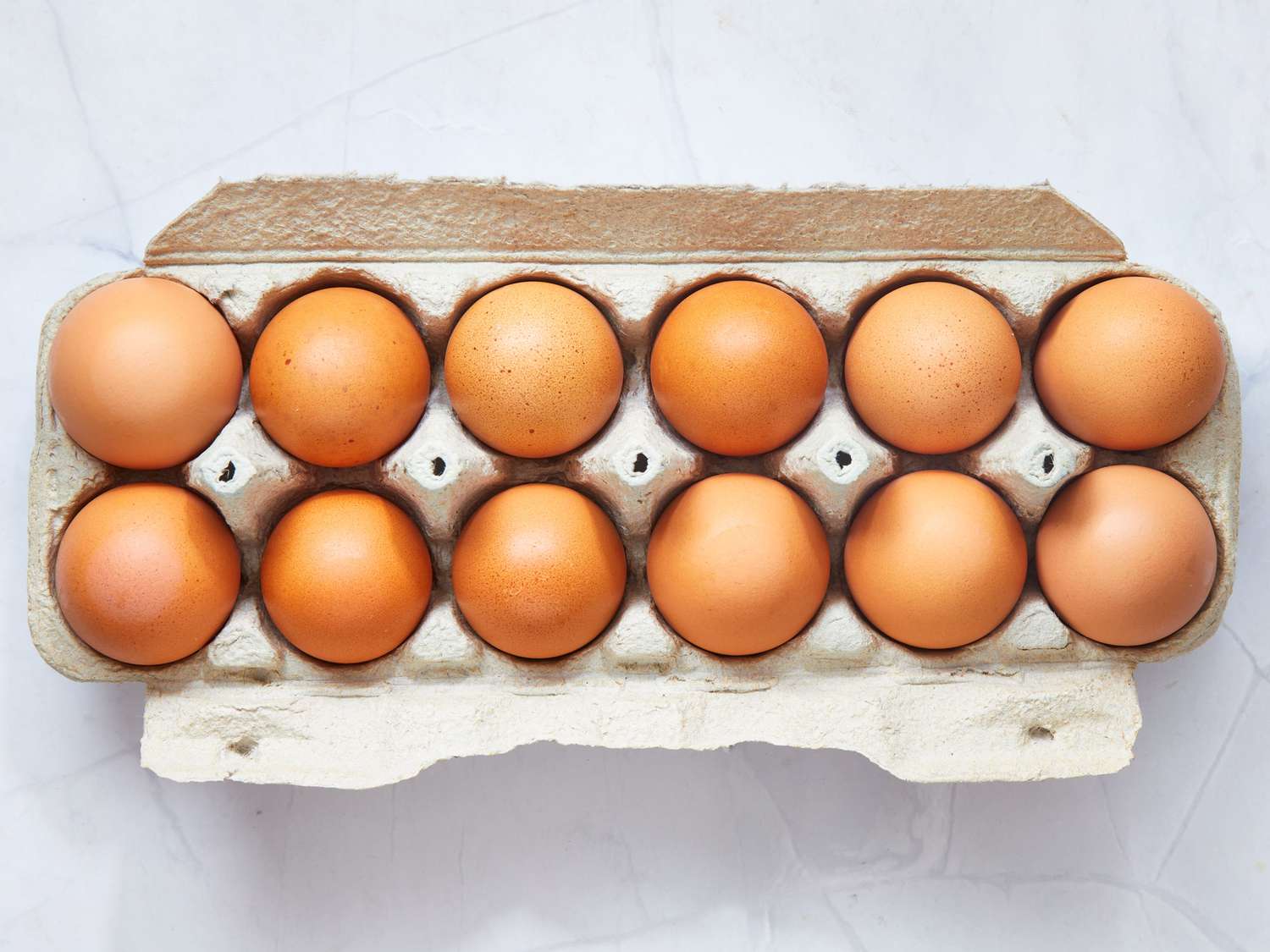

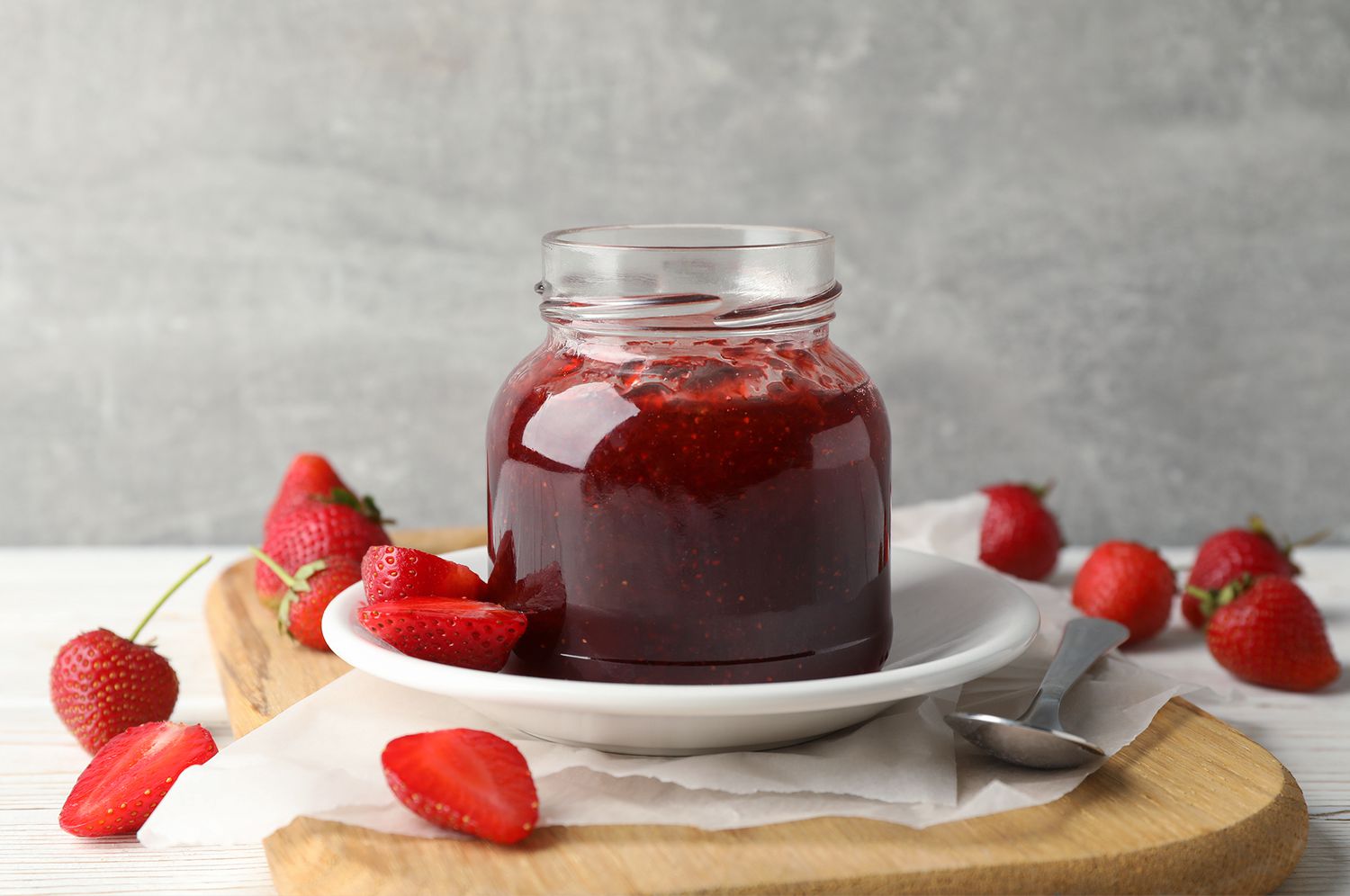

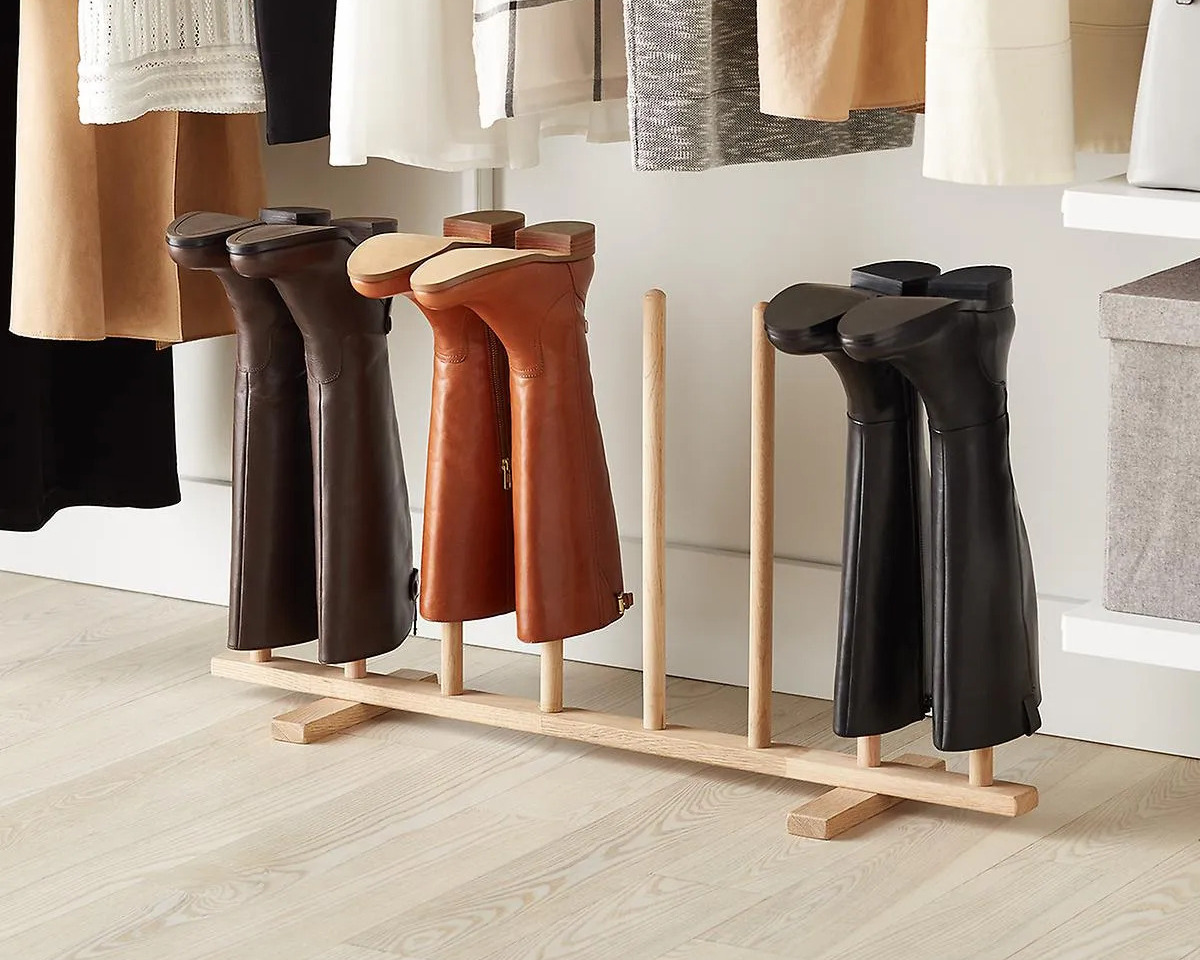
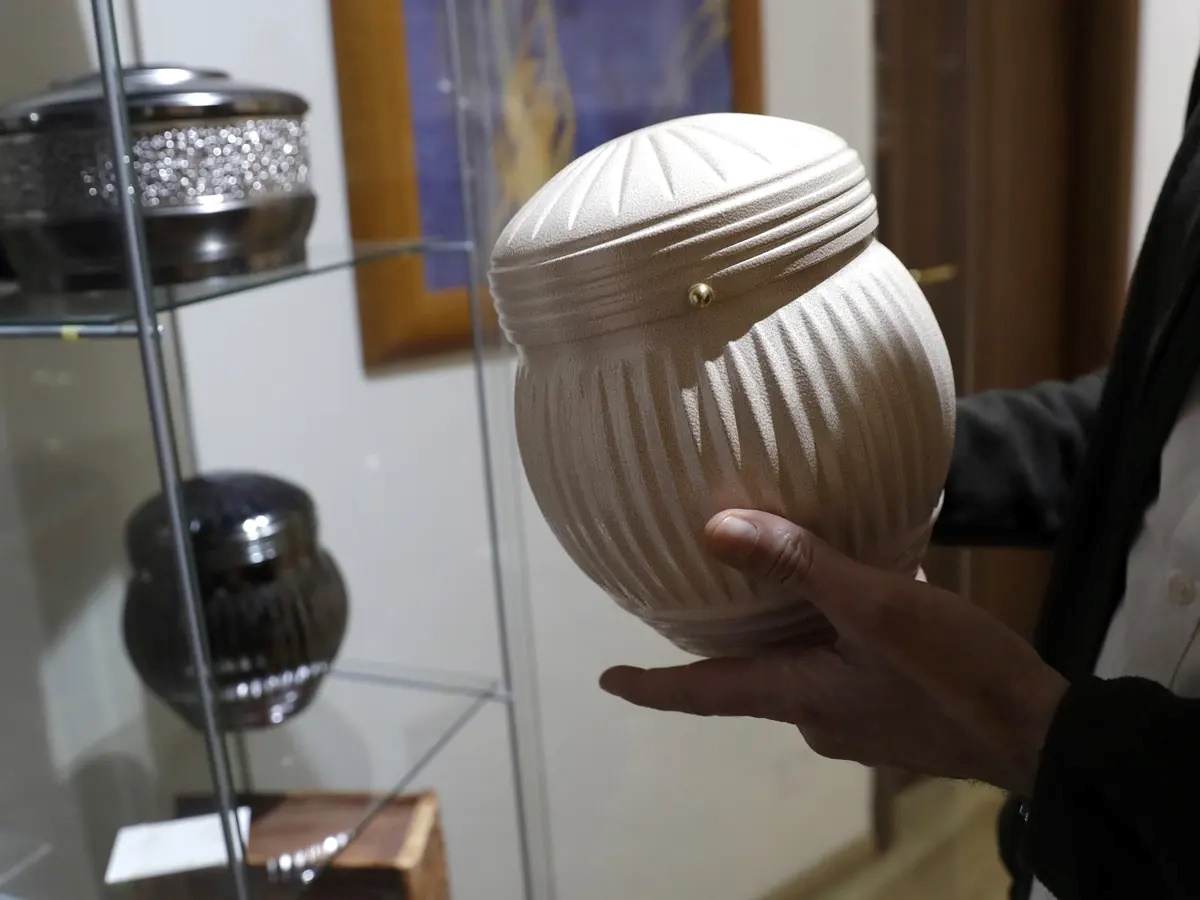
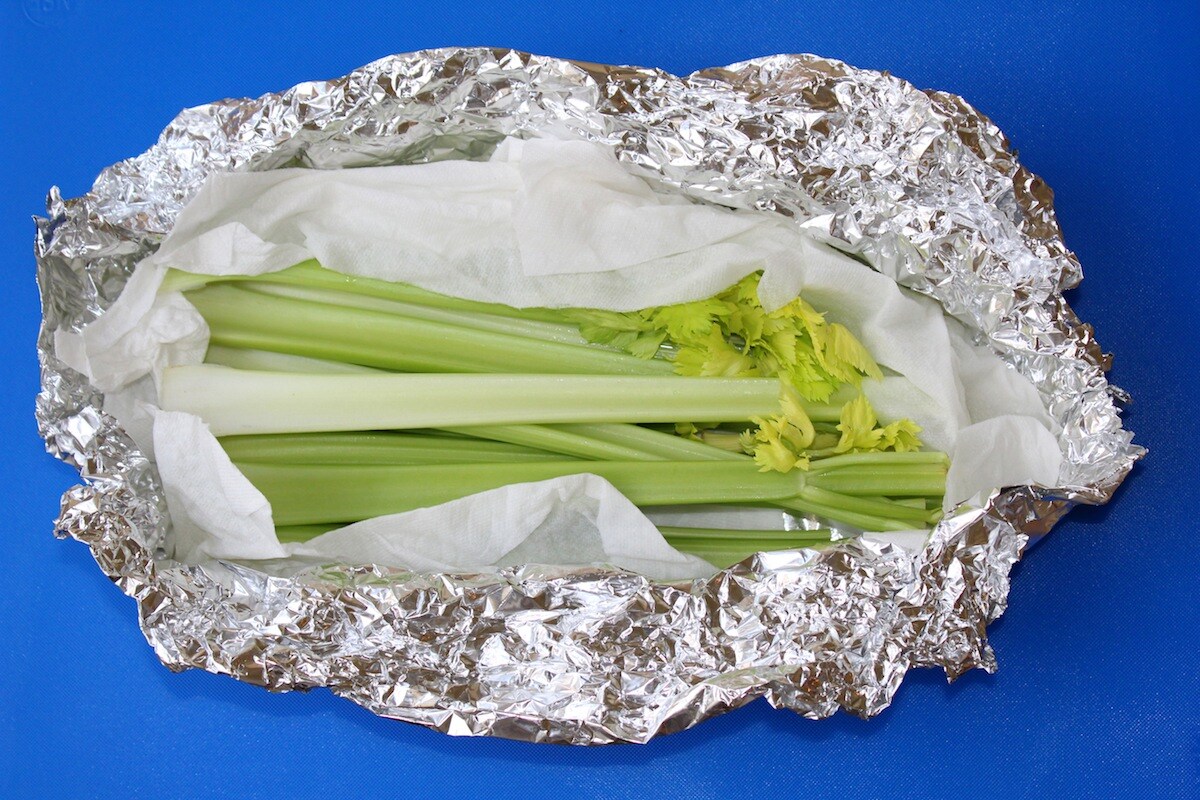
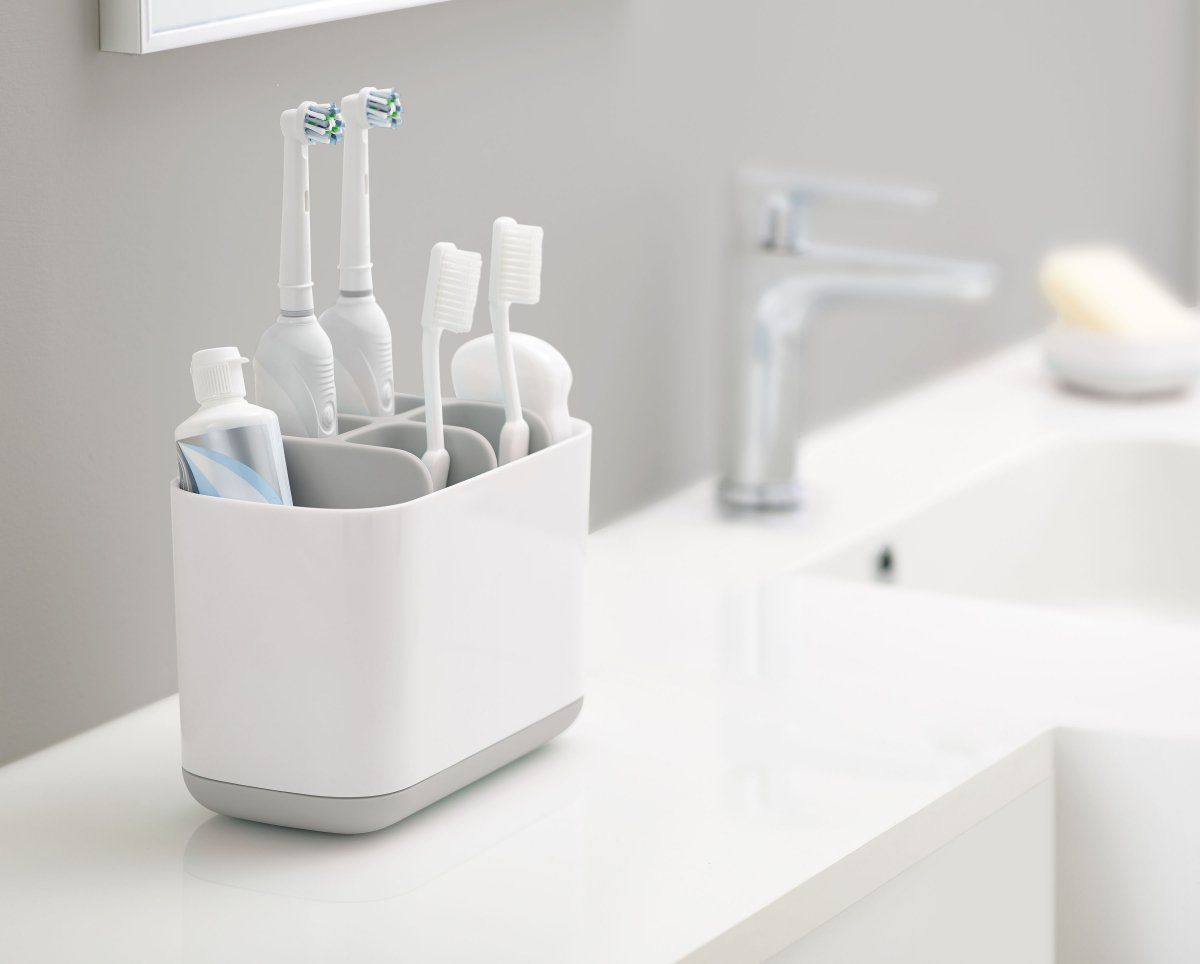
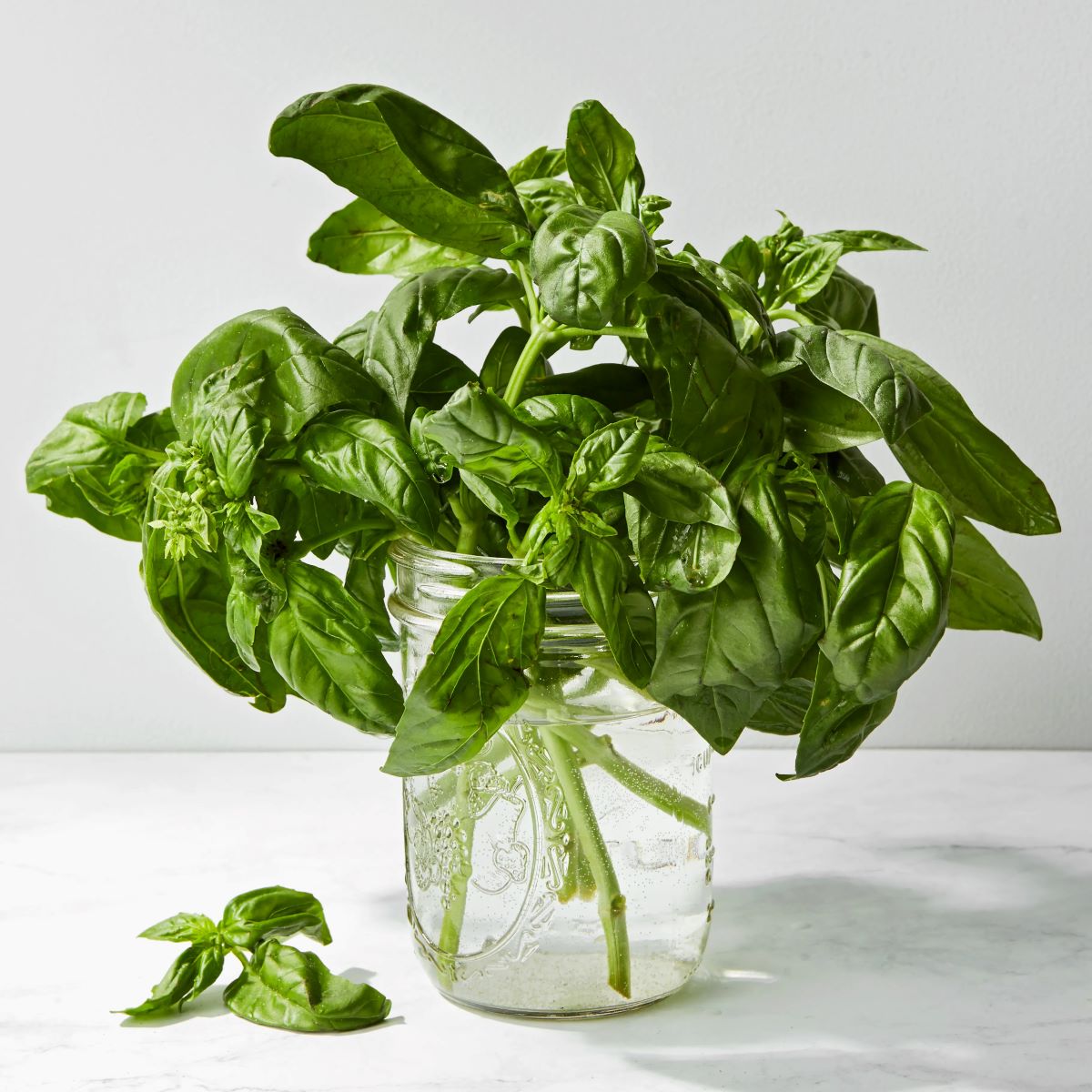
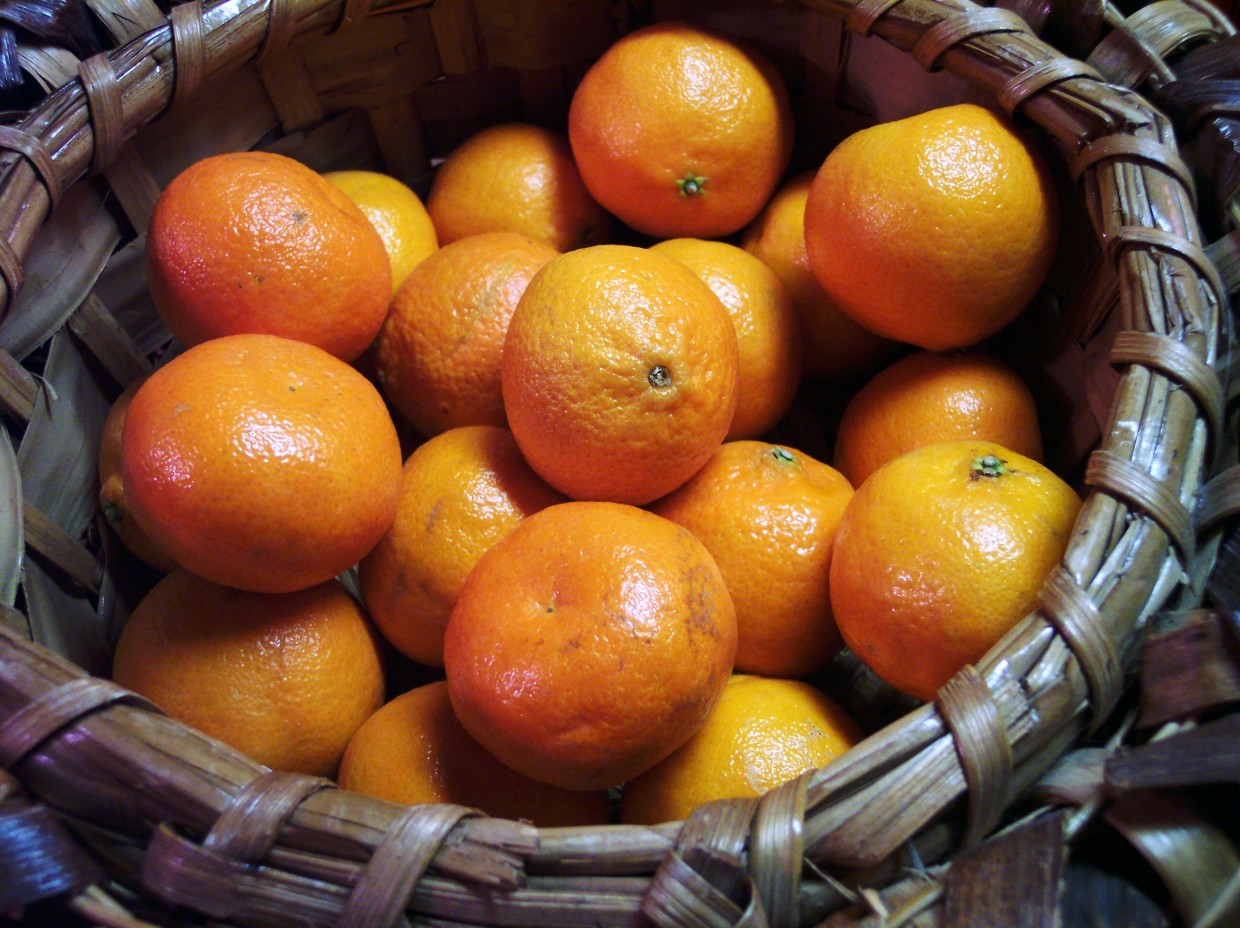
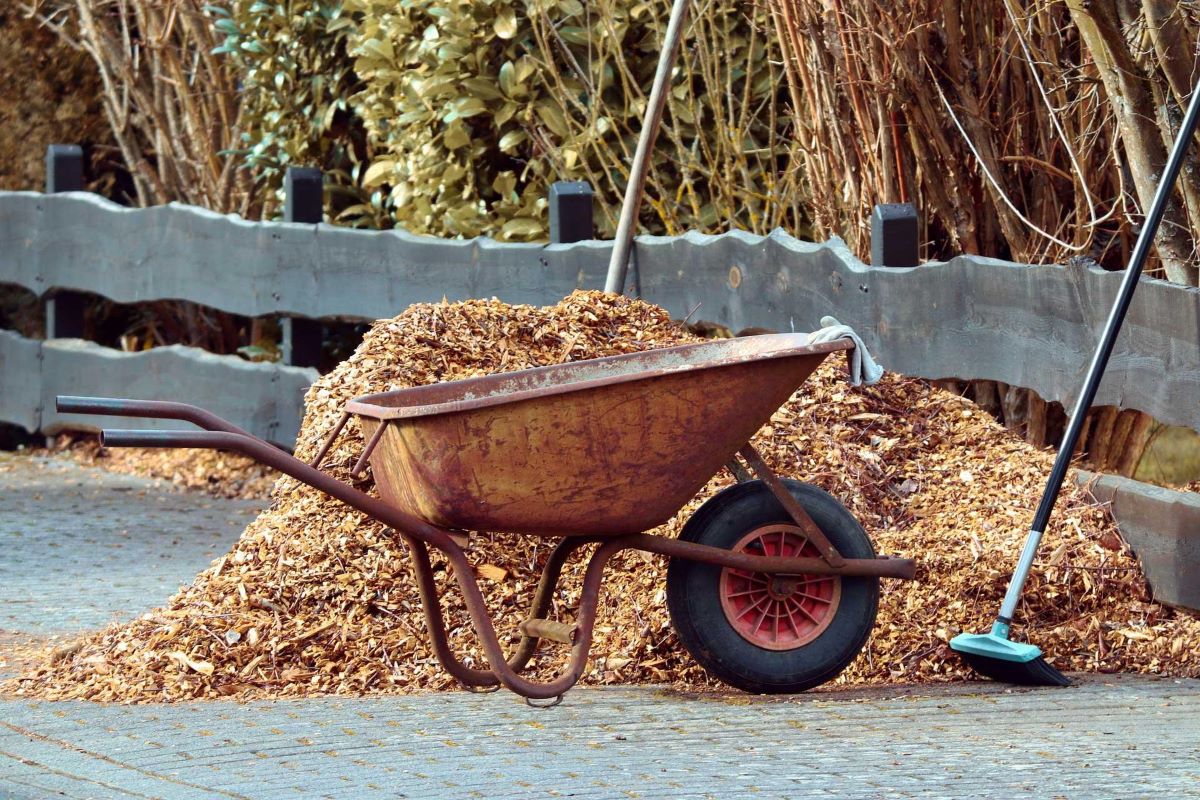
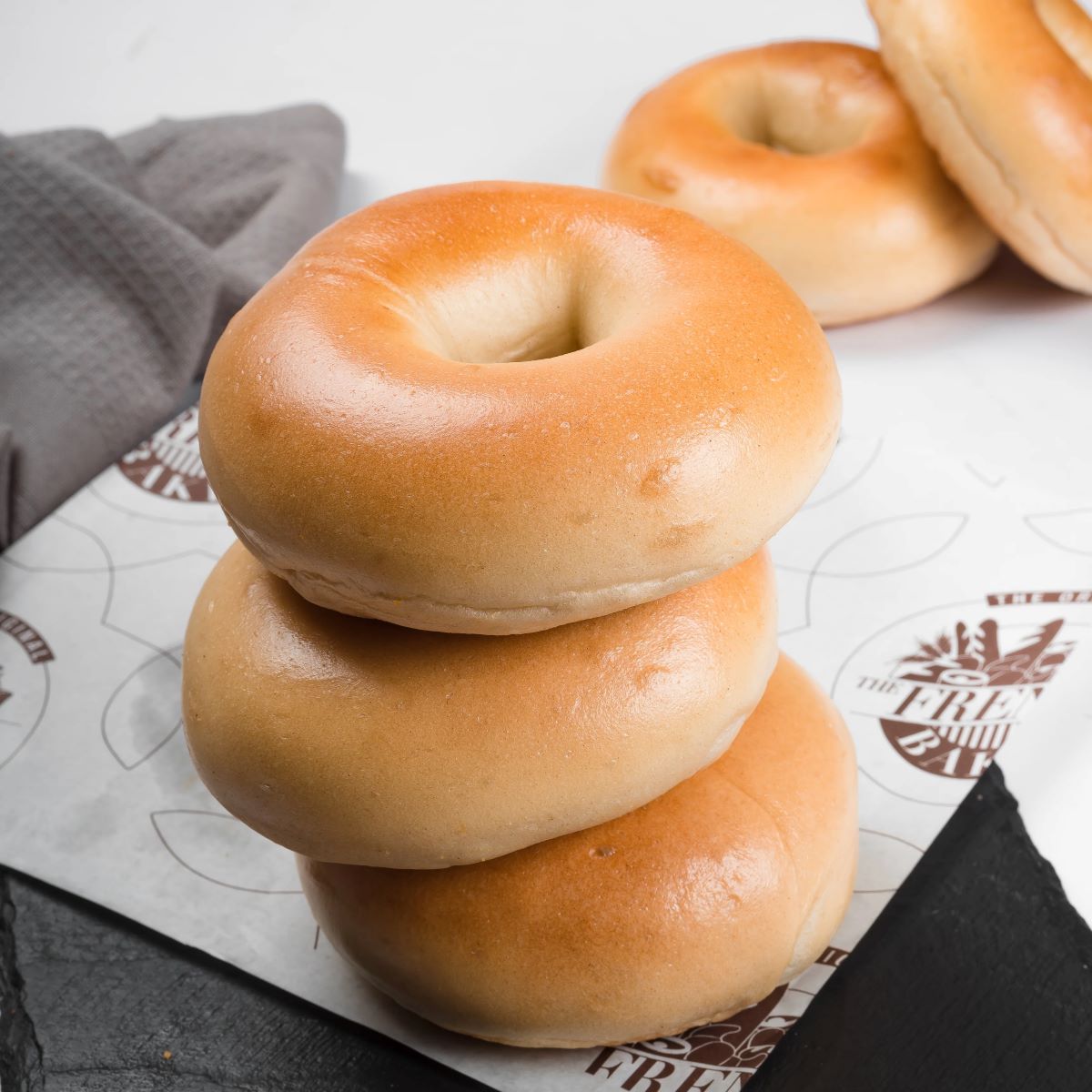
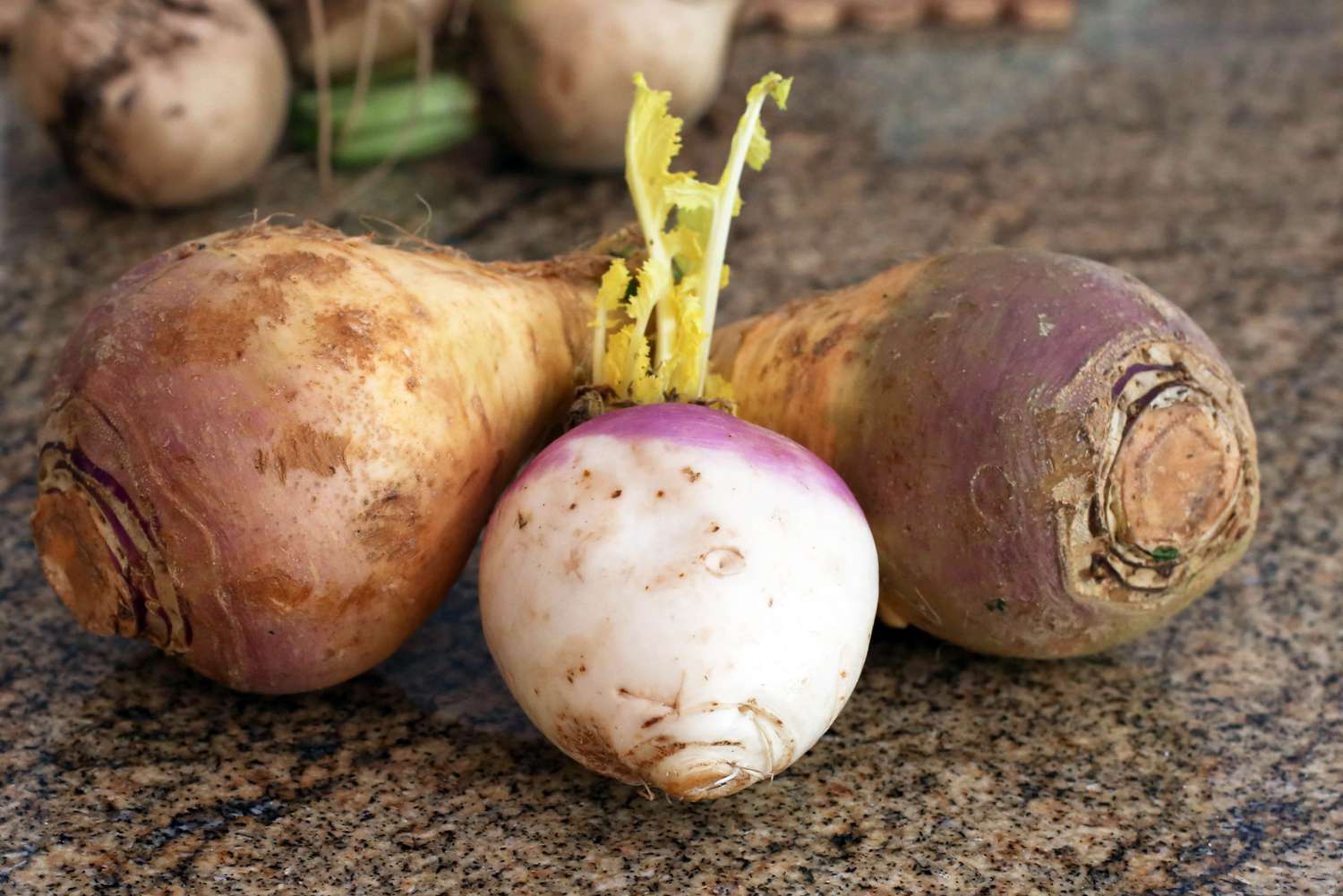

0 thoughts on “How To Store Tequila”